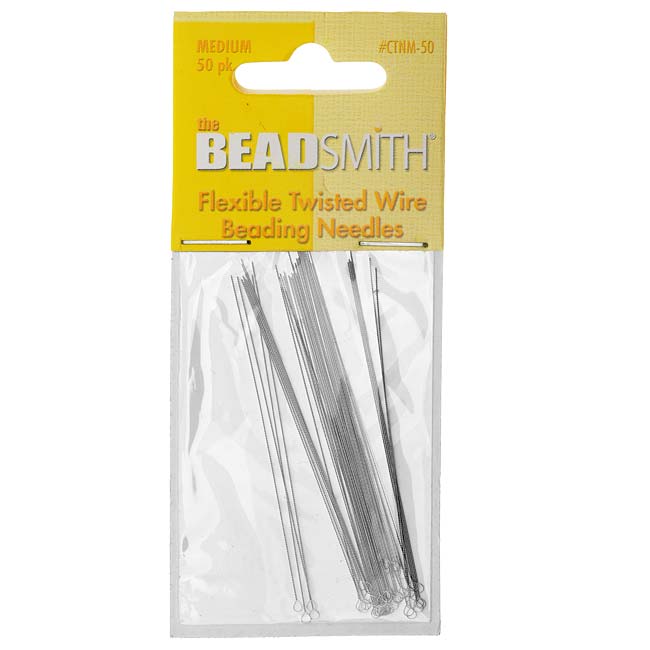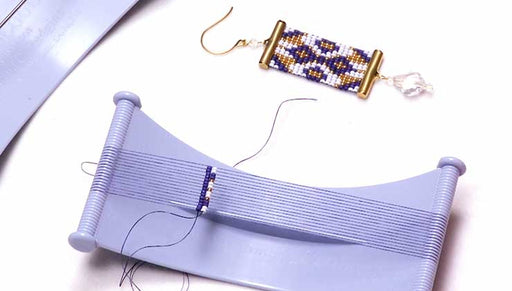How to Make a Scalloped Wrapit Loom Bracelet (Old Version)
Store Closing, Limited Stock
SKU VID-1362
Designer:
Alexandra Smith
Important: This version of the Wrapit Beading Loom has been discontinued. You can achieve the same results using the new version. See our updated video: How to Use the Wrapit Beading Loom to Make Leather Cord and Button Wrap Bracelets
In this video, you will see from start to finish how to make the Celtic Wave Bracelet using a scalloping technique with crimp covers, cultured sea glass, Czech fire polish beads, and round leather cord.




















